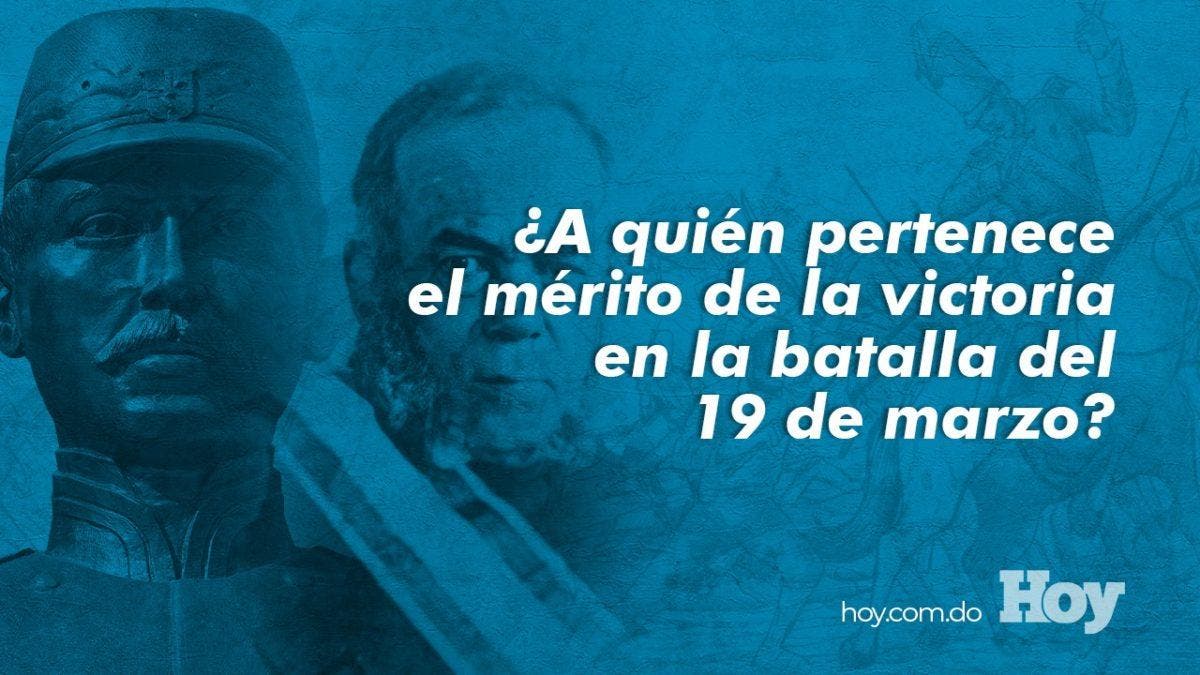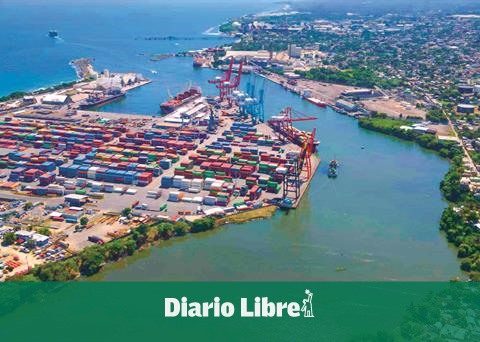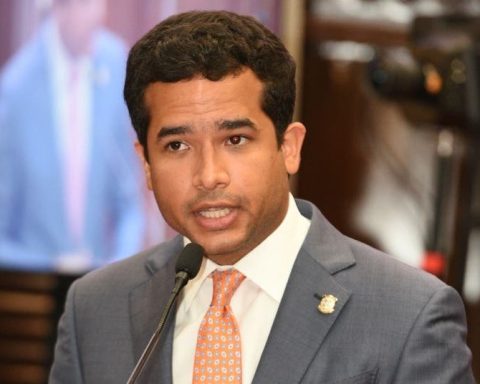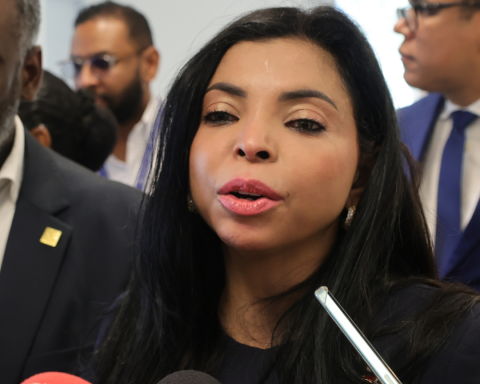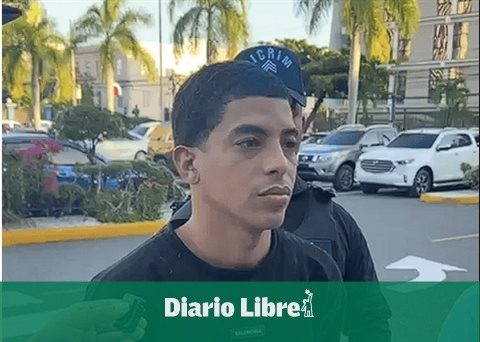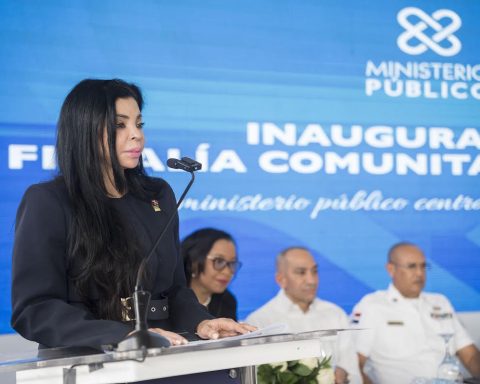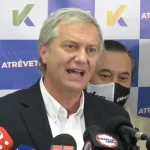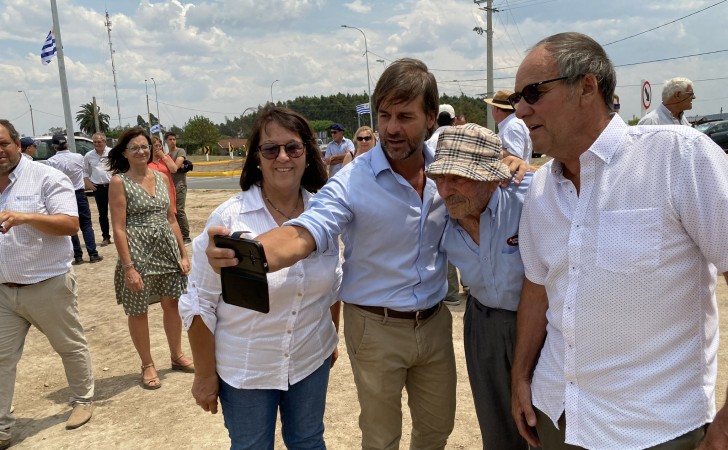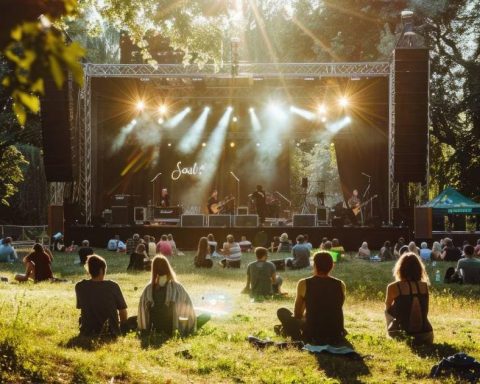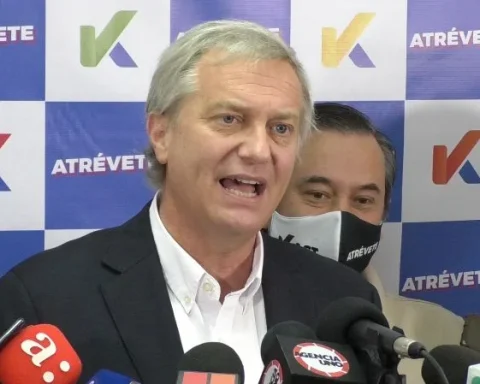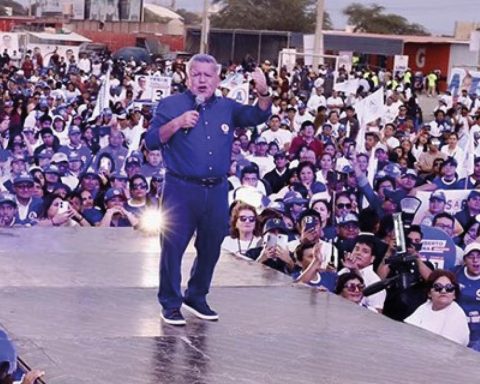This Sunday, March, 19, commemorates the 179th anniversary of one of the greatest victories of the Dominican people, in which two thousand 500 men armed with machetes, minimal experience, little military training but with an unwavering desire for independence they defeated 30 thousand soldiers of the powerful haitian army in the Azua province.
March 19 went down in history as one of the moments that solidified the nascent Dominican Republic in the general ideology. As expected in these cases, with the legend the names of its protagonists also appear, however, -apparently- in this event the saying that says: “History is written by the survivors” was applied and there are those who assure that the men who became heroes that Tuesday, March 19, 1844, are not recognized as protagonists of the event.
The history of the first Republic revolves around several names, one of them, that of General Pedro Santana, who gained notoriety in Dominican society when he was integrated into the independence struggle by the father of the country himself, Juan Pablo Duarte, and who assumes control of the Military Command of the El Seíbo province the same night that the country is declared a free and sovereign land before any foreign power.
Santana, who was, according to the historian and writer, Juan Colón, a man of great experience and military preparation -just like himself Juan Pablo Duarte, merit that insists be recognized to the patrician-, skillful with the sword and right-handed in military strategy, he gained prominence in the battle of March 19 in the south of the country.
However, despite the fact that there are certain merits that cannot be denied to who would later become President of the Republic -for many the first dictator to rule the nation-, Santana was not the hero that the new generations of Dominicans could consider.
Read more: Pacheco says a “daring” senator endangers Senate-deputy relations
Juan Colón reviews for the Hoy Digital Newspaper, the historical records of that event and sheds light on what really happened.
What were the military conditions in the Dominican Republic on that March 19?
Columbus explains that 20 days after the declaration of national independence, the nascent country did not have a defined infrastructure and its State was still under construction, in addition, it lacked an army that could face the threats that were seen on the horizon for the new republic. .
With these conditions, the Dominicans saw how the Haitian troops, a well-equipped army, organized and made up of 30,000 soldiers, advanced through the Cibao and Sur regions on three fronts. The first, 10,000 men commanded by who would become the fifth president of Haiti shortly after, Jean Louis Pierrot, crossing the provinces of Santiago and Puerto Plata; the second led by Charles Reviére Herard, then president of the invading nation, who traveled with his men through San Juan and another led by General Souffront who arrived with his men in the province of Azua. The last incursions in the South of the country.
“Azua was the scene where, by force of a machete, an essential victory was achieved to strengthen the confidence of the Dominican people in the possibility of freedom and independence after the audacity of these men,” says the historian.
Juan Columbus, historian.
As for Santana, Juan Colón maintains that he arrived in Azua on March 18, one day before the great battle, but by that time Antonio Duvergé and Francisco Soñé had won important victories against the Haitian troops on several occasions.

One of the first merits -says Colón- that Santana should be recognized for is the recruitment of two thousand men who arrived from Santa Cruz de El Seíbo, Santana’s post, Hato Mayor del Rey and Higüey, while the rest 500 Dominicans were joined by Antonio Duvergé from the same province of Azua and Haiti.
However, the historian indicates that once in Azua, on March 19, Santana had a discussion with Juan Pablo Duarte because the former wanted to withdraw his troops from the place, with the justification that he sought to protect them, however, this idea it did not prosper thanks to an emergency meeting he had with Tomás Bobadilla in which his request was not approved due to the degree of importance that the consequences of this action represented for the country.
Read also: The DIDA requests the CNSS to extend the term medical coverage for accidents
Despite the fact that Pedro Santana had been designated by the Central Government Board, -the country’s first collegiate body, provisionally organizing political and military actions-, chaired by Tomás Bobadilla, as the person who would be in charge of the Military Command of The southern zone of the country for the battle of March 19, its troops were distributed under the command of Antonio Duvergé, Manuel de la Regla Mota, Vicente Noble and José María Cabral.
At this point, according to Juan Colón, Antonio Duvergé emerged as the true protagonist of the military actions carried out in Azua prior to, during and after the battle of March 19. This despite the fact that, in theory, it was directed by Pedro Santana.
On March 19, the assignment directed to Santana by the Central Government Board was assumed by Antonio Duvergé, who -according to Colón- was the soldier who fought the most battles for the independence cause and who led the 2,500 Dominicans that Tuesday.
What was the strategy?
When the time for the confrontation arrived, Vicente Noble commanded the Dominican troops stationed on the Camino del Barro, in Azua, where the rifle was located; Nicolás Mañón led 200 men in the Loma de Resolí and in the center of town two trucks full of men were seen following the orders of Francisco Soñé and José del Carmen García.
Likewise, in Los Conucos and Las Clavelinas there were commandos led by Matías Vargas, José Lejer and Federico Martínez.
Maybe you are interested in: Margarita presents Yuri Enrique as coordinator of the Youth Campaign
Due to their conditions and fewer numbers in front of the Haitian army, the heroes of March 19 used the modality of “Guerrilla Warfare” to confront them, this consists of small armed groups that use mobile attacks that avoid direct confrontation against a larger and less enemy. agile.
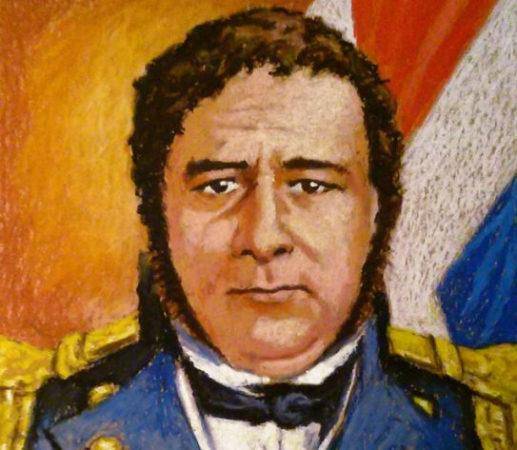
Was Santana a hero?
Given the facts, it is propitious to ask the question if Santana was a hero or not. The historian, Juan Colón, points out that in the world of historians there is a theory that has achieved consensus. This indicates that “A man’s life should not be judged by how it begins, but by how it ends.”
“(Santana) What he did with his hands, he destroyed with his feet,” adds Colón.
Although he recognizes him as a successful soldier due to the experience he acquired and his knowledge in the area, Columbus does not consider Pedro Santana one of the heroes of the battle of March 19. He also does not believe it prudent that his remains remain in the National Pantheon where those of the other Dominicans who fought for national independence lie.
Colón recalls that the remains of Pedro Santana were taken to the National Pantheon by order of President Joaquín Balaguer, however, he understands that this decision was not based on the military’s merits, but rather on the similarities that the reformist leader saw in the person of the general.
In addition, remember that Santana took advantage of his military power to impose the addition of article 210 in the Dominican Constitution that granted him powers as president, establishing that political power should not be civilian but military, among other “Qualities.”
“Art. 210.- During the current war and while peace has not been signed, the President of the Republic can freely organize the army and navy, mobilize national guards, and take all the measures he deems appropriate for the defense and security of the Nation; he being able, consequently, to give all the orders, orders and decrees that are convenient, without being subject to any responsibility ”.
Article added to the Dominican Constitution in 1844 by order of Pedro Santana.
Likewise, using his authority as president, Santana exiled Juan Pablo Duarte, Francisco del Rosario Sánchez and Ramón Matías Mella, declaring them traitors to the homeland as well as other Trinidadians such as the Puello brothers.
He also ordered Francisco del Rosario Sánchez to be shot, who had returned to the country entering through Haiti to avoid annexation to Spain -another of the actions carried out by Santana- and his sister María Trinidad Sánchez, recognized as the first victim of a political crime. in the country, mother of the country and who shares the merit with Concepción Bona of making the Dominican flag.
Sadly, most of the people who actively participated in the battle of March 19, 1844, which consolidated national independence 20 days after its proclamation, have not received as much recognition –for better or worse- from the Dominican people.
